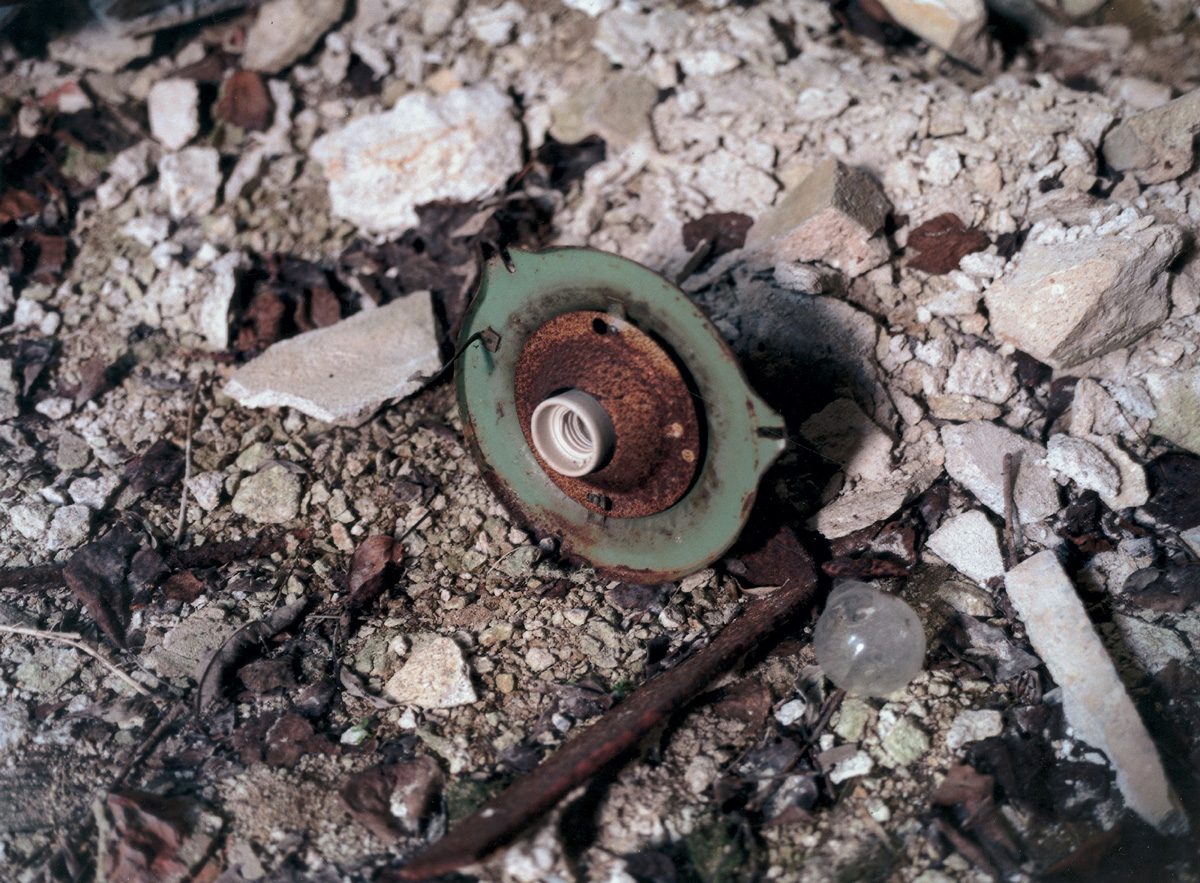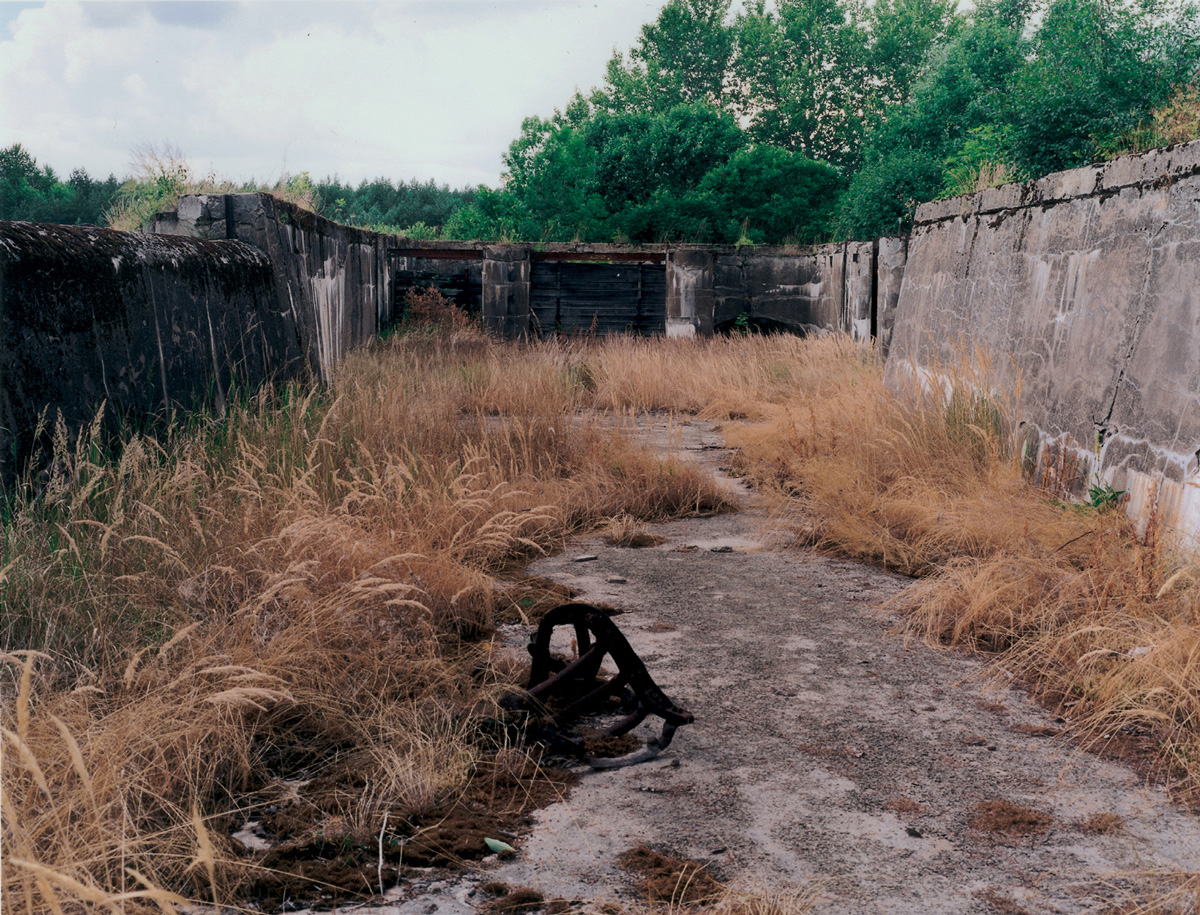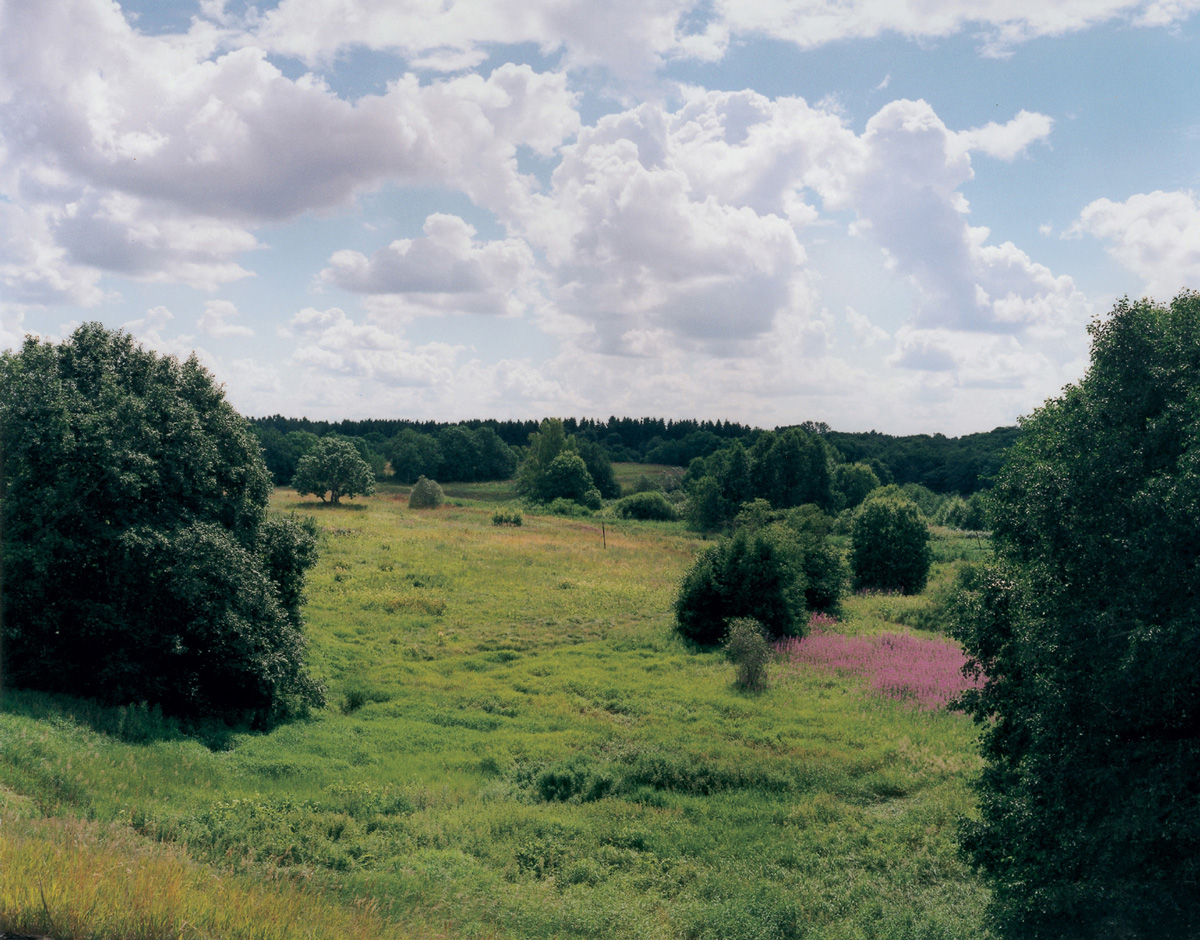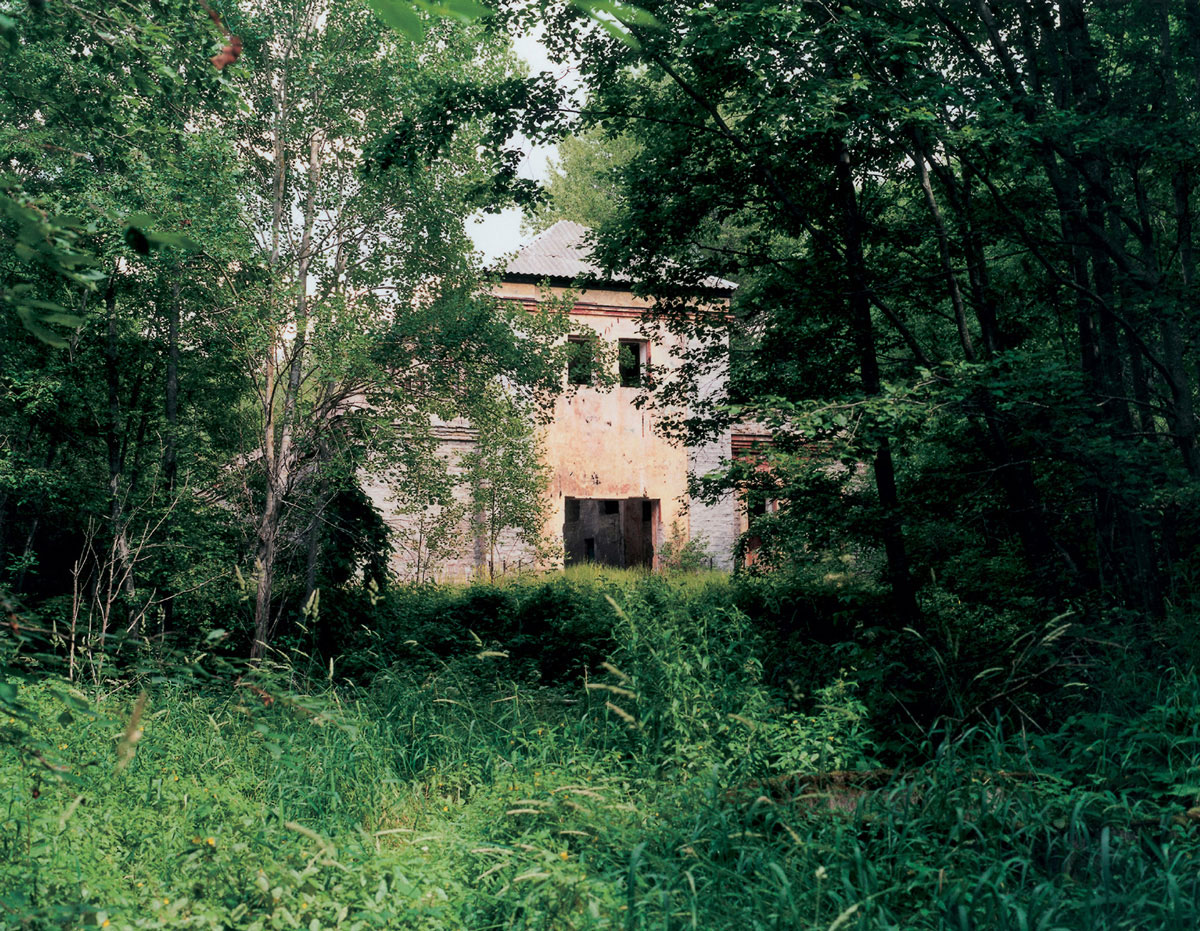Artist Project / Time Mirror
Searching for the Zone
Jeremy Millar
In Andrei Tarkovsky’s 1979 film Stalker—based partly on Roadside Picnic, a novel by Boris and Arkady Strugatsky— the Stalker of the title is a mysterious guide who leads two men, the Writer and the Professor, into the fenced-off and heavily guarded territory known as the Zone. There, it is said, they will be granted their greatest wish. The power of the Zone, it is suggested, derives from a meteorite that landed there many years earlier. The Stalker leaves behind his wife and his young daughter (she is disabled, perhaps as a result of her father’s earlier forays into the toxic Zone). The lush countryside of the Zone is dotted with military remains; at its centre is an enigmatic complex of derelict buildings, at the heart of which is the room that may possess the secret the trio have come to find.
The central section of the film was shot in a few days at an abandoned hydro-electric power plant near Tallinn, in Estonia. When Tarkovsky and his crew returned to Moscow, they discovered that the film had been improperly developed at Mosfilm Studios, and would have to be shot again. On their return, it was much colder; the discomfort on the faces of the characters is perhaps not only metaphysical. Some who worked on the film have even claimed that the arduous experience hastened the deaths of certain members of the crew.
In July 2005, the English artist, writer, and curator Jeremy Millar went to Estonia to explore the real landscape of the fictional Zone. There are in fact two power plants a quarter of a mile apart, one of which has been put into service again; the other remains derelict. Millar went, he says, “to see if the Zone was still active.” He traveled without any reminders of Stalker, only his memory of individual shots, some of which he found he could reconstruct. Others remained, as the Stalker says of the Zone, “capricious.” Miller discovered that the interior to one building (in Tarkovsky’s film, the Writer approaches it before the building itself seems to warn him off) bore no relation to its filmed twin: the heart of the Zone, after all, seems to have been invented in a studio in Moscow. The film that results from Millar’s research will be called Ajapeegel, which is Estonian for “Time-Mirror,” and the title of a book on Tarkovsky that Millar found in a secondhand shop in Tallinn
—Brian Dillon




Jeremy Millar lives in Whitstable, England. He is the author, with Tacita Dean, of Place (Thames and Hudson, 2005) and is currently working on a series of works, “Zugzwang,” based on Marcel Duchamp’s visits to Kent in 1913 and 1933.
Spotted an error? Email us at corrections at cabinetmagazine dot org.
If you’ve enjoyed the free articles that we offer on our site, please consider subscribing to our nonprofit magazine. You get twelve online issues and unlimited access to all our archives.